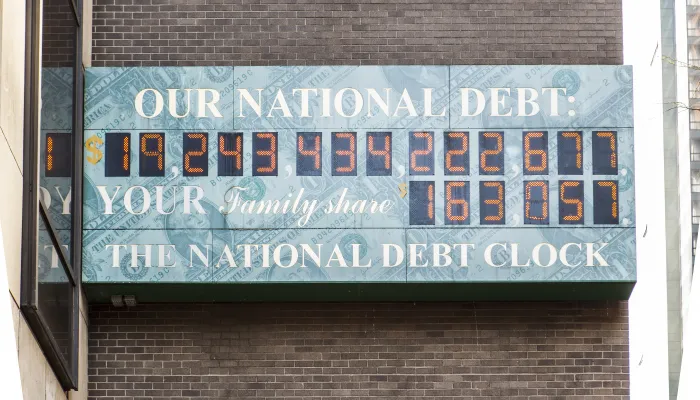Economics of the Fiscal Cliff
Our recent paper on the fiscal cliff details the short-term or longer-term economic problems that the country will face if lawmakers either allow everything in the fiscal cliff to occur as scheduled or if they decide to extend it all. This blog will look farther into the potential short-term impacts, attempting to quantify what the cliff's 2013 effects would do to the economy.
CBO projects that with the fiscal cliff, unemployment would actually rise from an annual average of 8.8 percent in 2012 to 9.1 percent in 2013, while real growth would fall from 2.2 percent to 1.0 percent; in fact, growth would be negative in the first quarter of 2013 and negative combined in the first half of the year. Under CBO's Alternative Fiscal Scenario, which averts the cliff, the unemployment rate instead would fall in 2013 to an average of 8 percent (the middle of the range they give) and growth would be at an average of around 2.5 percent.
An even more detailed outline of the effect of the fiscal cliff on the economy would do so on a policy-by-policy basis, which we have attempted to do below.
CBO Multipliers
In order to see how the budgetary costs of the fiscal cliff would impact the economy, including GDP and employment, one must use an economic multiplier for each policy -- detailing how much economic activity per dollar each policy produces. CBO has among the most detailed set of multipliers for these policies, coming from their November brief about policies to increase growth and employment and their most recent estimate of the economic impact of the 2009 stimulus. Some policies do not fit neatly into these multipliers (the Medicare cuts in particular), so we have made judgment calls where necessary. Obviously, note that these estimates are not official CBO estimates but simply our attempt to quantify economic impact using available information.
Our estimate of the fiscal cliff using CBO multipliers shows that it would hit the economy by about $550 billion or two percent of GDP from the beginning of 2013 through the end of FY 2014 (a total of seven quarters). The economic and budget impact is broken down below.
[chart:5956]
Note: 2001/2003/2010 Tax Cuts include interaction with AMT patch
It is important to note that while the impact of the entire fiscal cliff would be relatively large, extending/repealing these policies do not serve as a particularly cost effective form of stimulus: the overall multiplier of the fiscal cliff is slightly over 0.5. Of course, the cost effectiveness varies greatly among different policies. The most stark contrast is between the sequester and the 2001/2003/2010 tax cuts: while the tax cuts cost nearly three times as much as repealing the sequester, the sequester actually has a greater economic impact.
Zandi Multipliers
There are also a detailed set of multipliers from Mark Zandi at Moody's. His multipliers are somewhat more bullish on the economic impact of some policies than CBO (especially the payroll tax cut). Using multipliers from last year, we determined the cliff would hit the economy by $720 billion over two years, or about 2.5 percent of GDP (meaning a multiplier of about 0.7).
Note: 2001/2003/2010 Tax Cuts include interaction with AMT patch
This analysis is, of course, just one side of the coin. According to CBO's January baseline, extending/repealing all of these policies would negatively impact growth by around the end of the decade as excessive debt took its toll, and that negative impact would continue to grow in later years. Piling on a mountain of debt to avoid the short-term pain is not a viable option. Policymakers need to use the scheduled changes at the end of the year as an opportunity to enact smart reforms to gradually put debt on a downward path.


